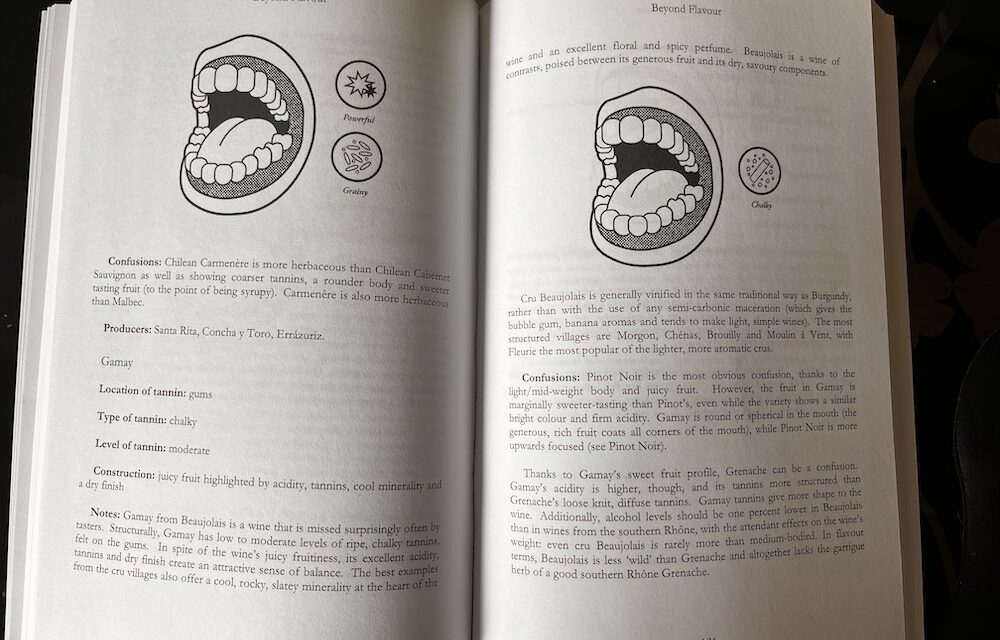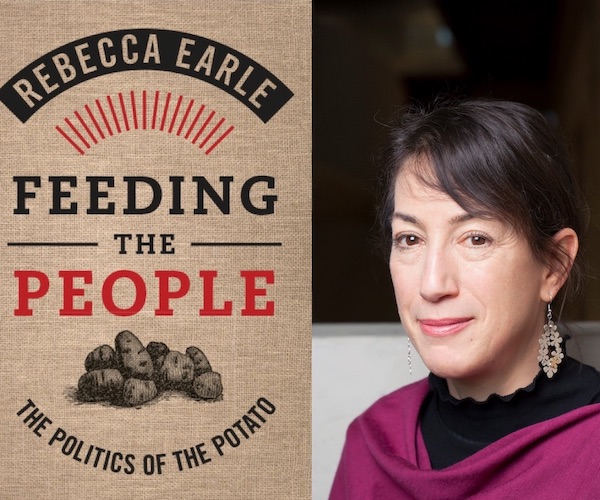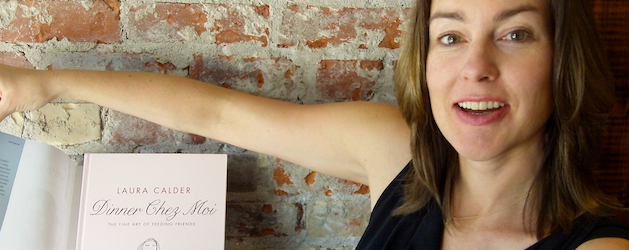Beyond Flavour: Wine Tasting By Structure (2nd Edition) by Nicholas Jackson MW (Independently published)
Nicholas Jackson MW was recently in Toronto to present a number of seminars at the VQA wines of Ontario and Wine Country Ontario tasting at Toronto’s Park Hyatt. The topic of discussion at these seminars was Jackson’s theories upon blind tasting, where he presents a different method of evaluating wines, focusing upon the particular structure rather than flavours. Granted, flavours can be incredibly misleading when tasting blind, and this is why a proper understanding of structure can be incredibly beneficial.
It’s certainly not the first time I’ve come across this way of thinking, as over the decades I’ve read much about practicing such an approach, and although I don’t always agree with Jackson’s hypotheses, as a reference text I find this book most useful. This particular approach will be something most of those studying wine at a higher level will already having a passing familiarity with, but nevertheless, having all of this information at hand is a damn useful thing.
I read through the first edition of this some time ago and found a handful of points of contention, but with this second edition, Jackson has me on board (for the most part).
In the first section of the book Jackson sets out his stall, firstly on the acid structure of whites (shape/type/level of acidity) and then the tannic structure of reds (location/type/level of tannin). With this knowledge imparted, he sets off to define these characteristics in around 30 white and 30 red grapes, pointing out some important regional differences, offering pertinent side notes, warning of possible confusions, and ending with his personal producer recommendations.
Following this, one will find a section focssing upon the modifications to his process brought about by sparkling, fortified, sweet, rosé, and orange wines. Further to that he explores further the process of tasting for region of origin, going through some rather general stylistic norms by country, and then tasting for quality. Finally, there is a short section on tasting for blends and then faults, followed by three short appendices: How to approach blind tasting exam questions, Table of Structure, and Table of Indicative Analytical Values. All practical stuff.
The book’s presentation is pretty bare bones, but I did find a lot of the black and white illustrations helpful, particularly those illustrating tannin locations in the mouth (see pic above), although I’ll warn you that some a few of the others are fairly abstract interpretations of Jackson’s text.
Whether the concept of tasting for structure is new to you or not, I highly recommend this book, as I have found it an invaluable resource in my recent tasting escapades.
![]()
(Four and a half out of a possible five apples)







